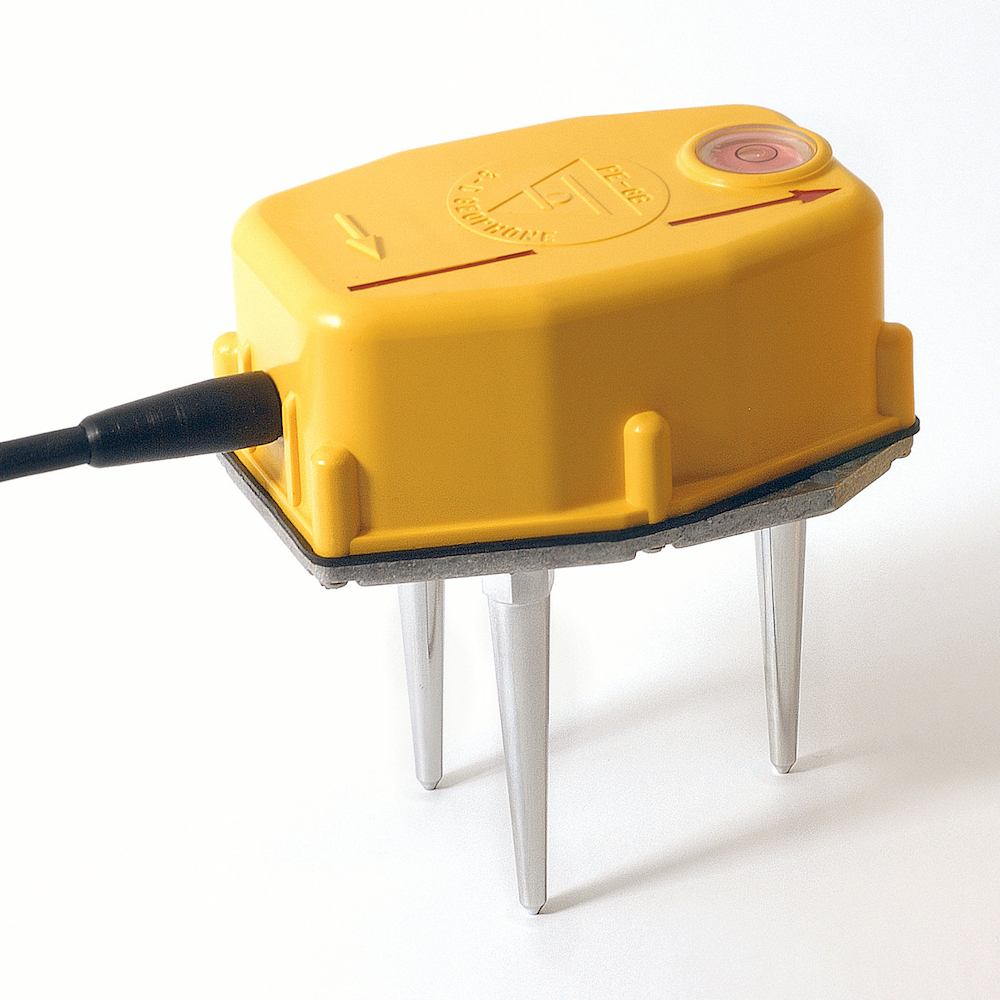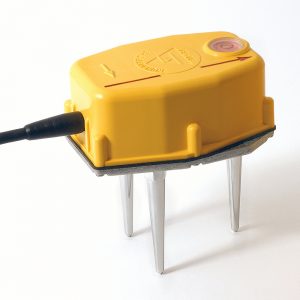A geophone is a fundamental tool of geoscientists who want to see (or, more accurately, hear) what is happening underground. Like a stethoscope, geophones listen to the beats and vibrations from the heart of the earth.
Such vibrations can come from a variety of sources: vehicles bumping along roads, wind swaying trees whose roots heave the soil, mining blasts, and of course earthquakes.
How Does a Geophone Work?
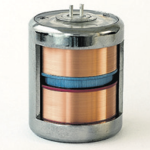
Credit: geophone.com
A geophone works using a coil of wire wrapped around a mass, suspended by a spring over a magnet. As the mass moves, the magnet moves the electrons through the wire coil producing an electrical signal (voltage). Seismographs record this voltage signal. A seismograph is a special type of voltage data logger that accurately measures both very small and very large electrical signals. As a result, geoscientists obtain a high-resolution view of the ground movement.
The term “geophone” is typically describes a purely mechanical type of high-frequency vibration sensor. They do not require electrical power to operate and as such are also referred to as “passive” sensors. Modern “active” seismometers and accelerometers use electronic circuitry to improve sensitivity at certain frequencies.
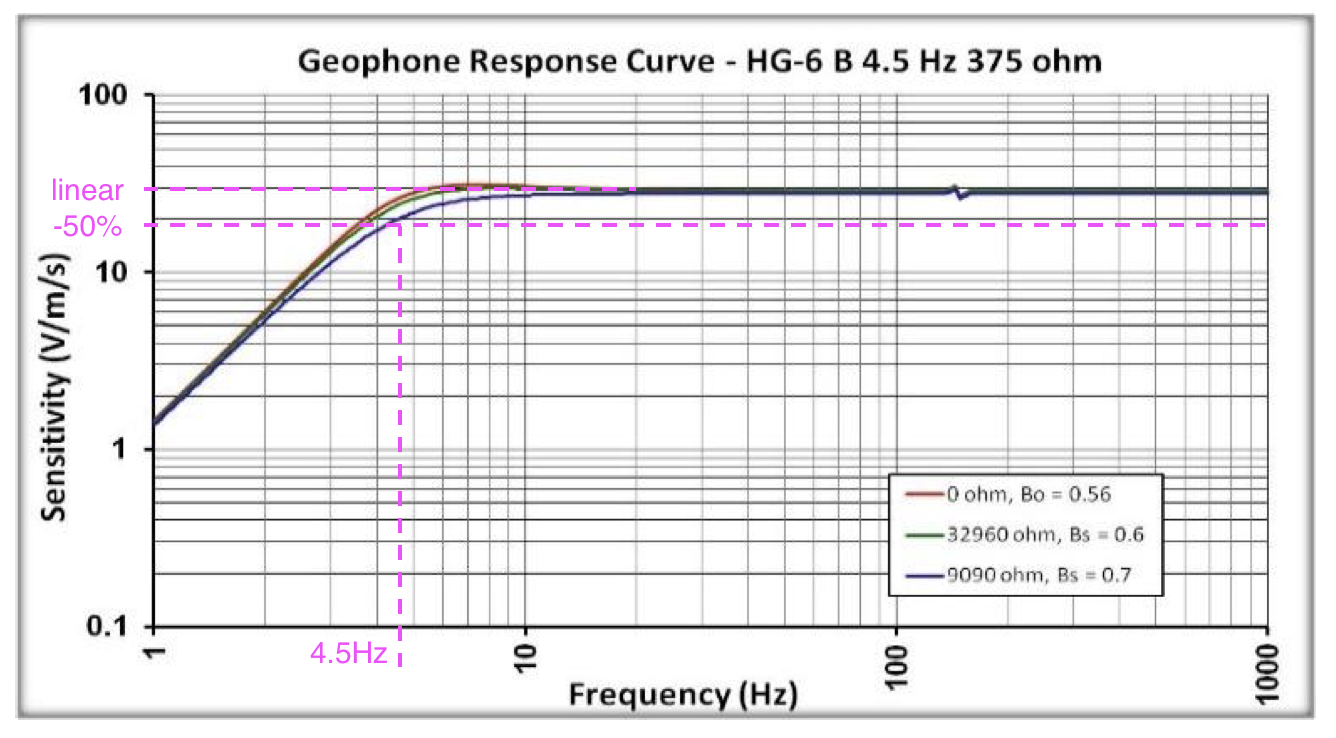
If you move a geophone at a speed of 10mm per second, it should produce the same voltage whether you are shaking it 5 times per second (5Hz) or at 100Hz. This is known as the geophone’s “linear response”. A sensor’s frequency band is where the voltage amplitude is within 50% of the linear response. In the example, if you shake a sensor at 10mm/s but the output reads less than 5mm/s, then the frequency you testing is outside of the sensor’s performance envelope. The lower frequency limit often defines a geophone. For example, a 4.5Hz geophone will output less than 50% of the correct voltage when shaken slower than 4.5Hz. Note that a difference of ±50% in amplitude equates to an earthquake magnitude difference of ±0.3 units.
Size (and Seis) Matters
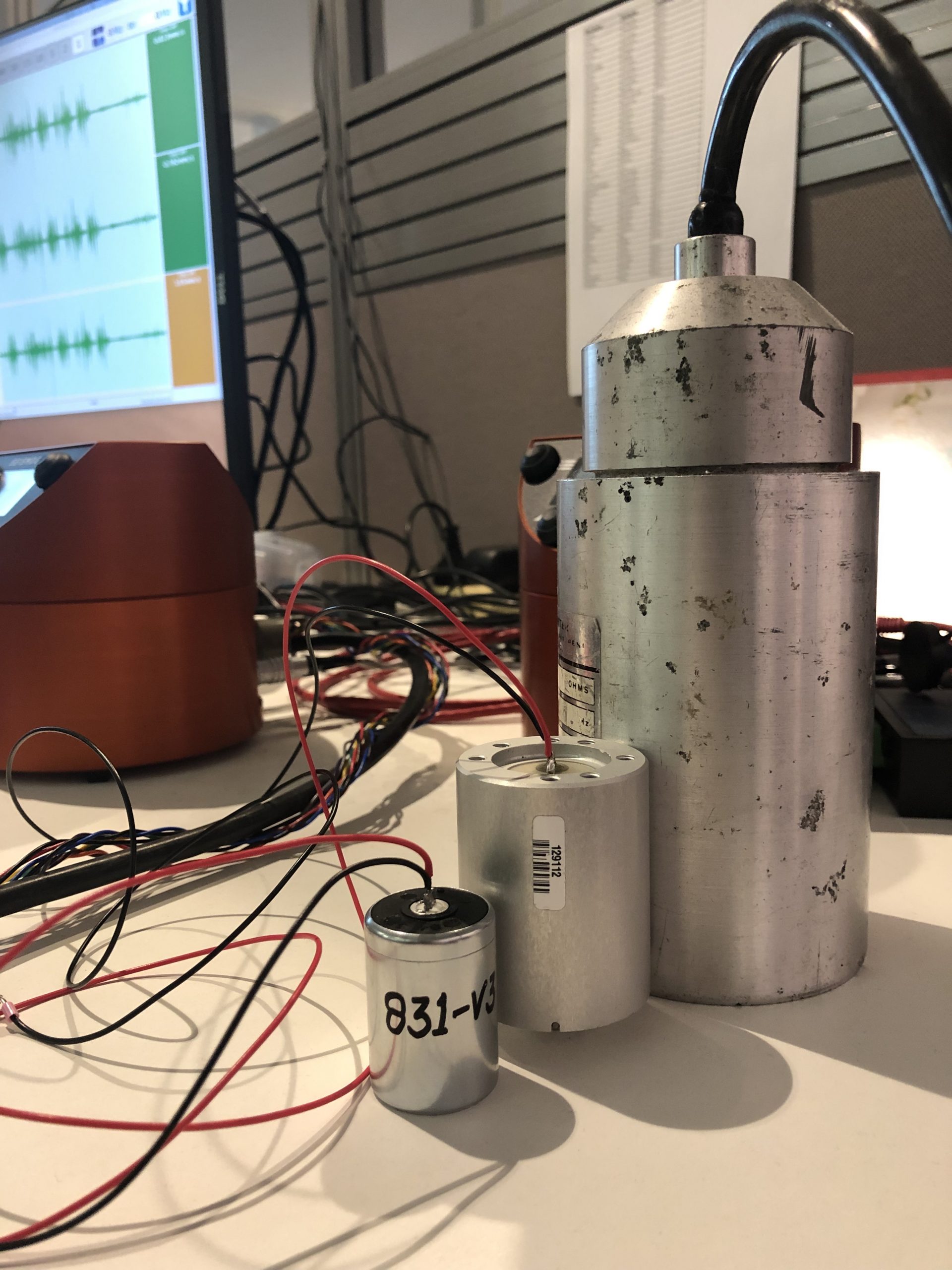
A physically small mass and a stiff spring in a geophone will allow it to vibrate very quickly. As you increase the mass and soften the spring you can improve the geophone’s sensitivity to low frequencies. However, this decreases the geophone’s sensitivity to rapid movements, and increases sensitivity to tilting. This is a result of gravity starting to affect the mass and spring. For instance, a 14Hz geophone has a stiff enough spring that the geophone will produce a linear response regardless of the sensor’s orientation. However, a 4.5Hz sensor must be built for vertical or horizontal orientation and be installed in this orientation with little to no tilt.
As you increase the low frequency sensitivity of a geophone, the physical size of the device and its cost increases exponentially. A 2Hz geophone has about 6 times the volume of a 4.5Hz geophone and is about 10x the cost. The mass inside a 1Hz geophone is almost 100x greater than the mass in a 4.5Hz sensor, and costs almost 100x more as well.
A larger mass, coil and magnet also produces a higher voltage output. So where a small sensor may only output 20 V/m/s of velocity, a large sensor might output 200V/m/s or more.
Selecting a geophone depends on the frequency range of the vibrations you want to monitor. For most close-range vibrations from construction or demolition or near-field blasting, you can use a small high-frequency geophone. Geophone sensors positioned many kilometres from a vibration’s source will only detect lower-frequency energy waves because the earth absorbs much of the high-frequency energy. In these cases, a more sensitive 1-2Hz geophone would work best.
How Are Geophones Used?
Small high-frequency geophones are often used for “seismic exploration”. For this, dozens or hundreds of geophones are arranged in lines or arrays. The arrays will detect energy waves from a nearby impact source. The energy waves travel from the source to the receiving geophones, and through data analysis, it reveals structures within the earth. This analysis can determine potential sources of oil or gas for energy production, or be used to determine the velocity properties of the surface layers onto which a structure may be built. These sensors can detect frequencies up to several thousand Hertz.
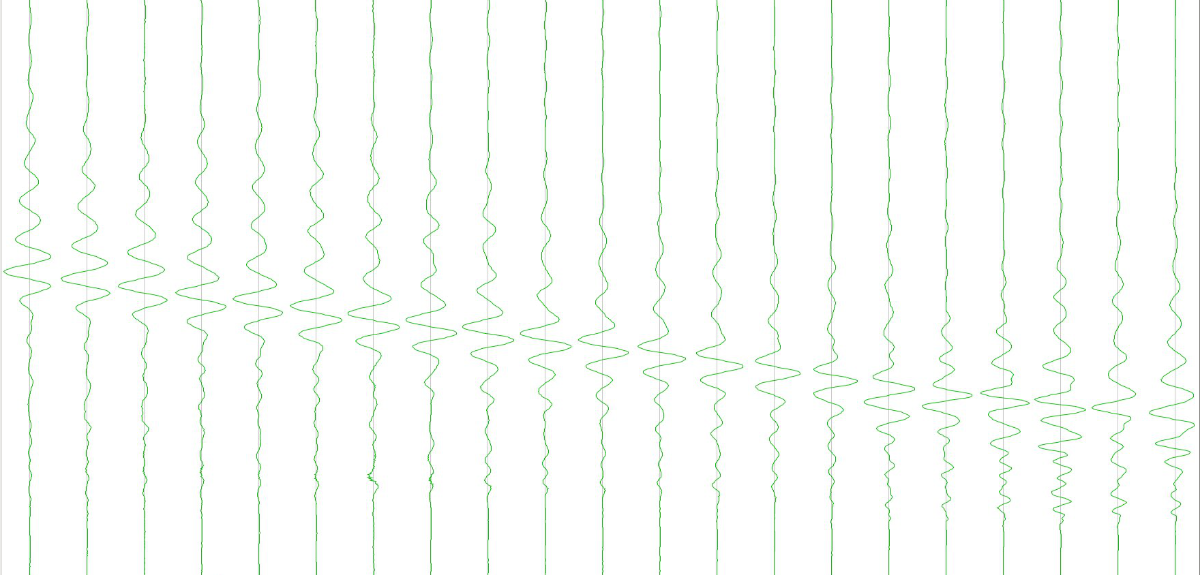
2Hz geophones are used by local earthquake observatories and compliance monitoring authorities. They use a 3D set of geophones (oriented North-South, East-West, and Up-Down) for recording ground motion from nearby blasting and earthquake activity. These events are usually within tens to hundreds of kilometres from a monitoring location.
1Hz geophones are less common nowadays as modern active seismometers are much smaller, cheaper, and more sensitive for detecting slow ground oscillations. Rather than detecting just 1 cycle per second (1Hz), seismometers can record motions as slow as 1 cycle every 10 seconds (0.1Hz) or 360 seconds (0.003Hz), up to 50-150Hz. For earthquake research such seismometers are ideal as 0.01-50Hz generally covers the earthquake energy frequency band.
Monitoring Solutions
ESS Earth Sciences uses a variety of types of geophones and seismometers with our own seismic data loggers, even integrating certain types into all-in-one digital seismographs like the Gecko Blast and Gecko Tremor. For more information on choosing the right geophone for your monitoring application, contact our geotechnical and seismic experts.

